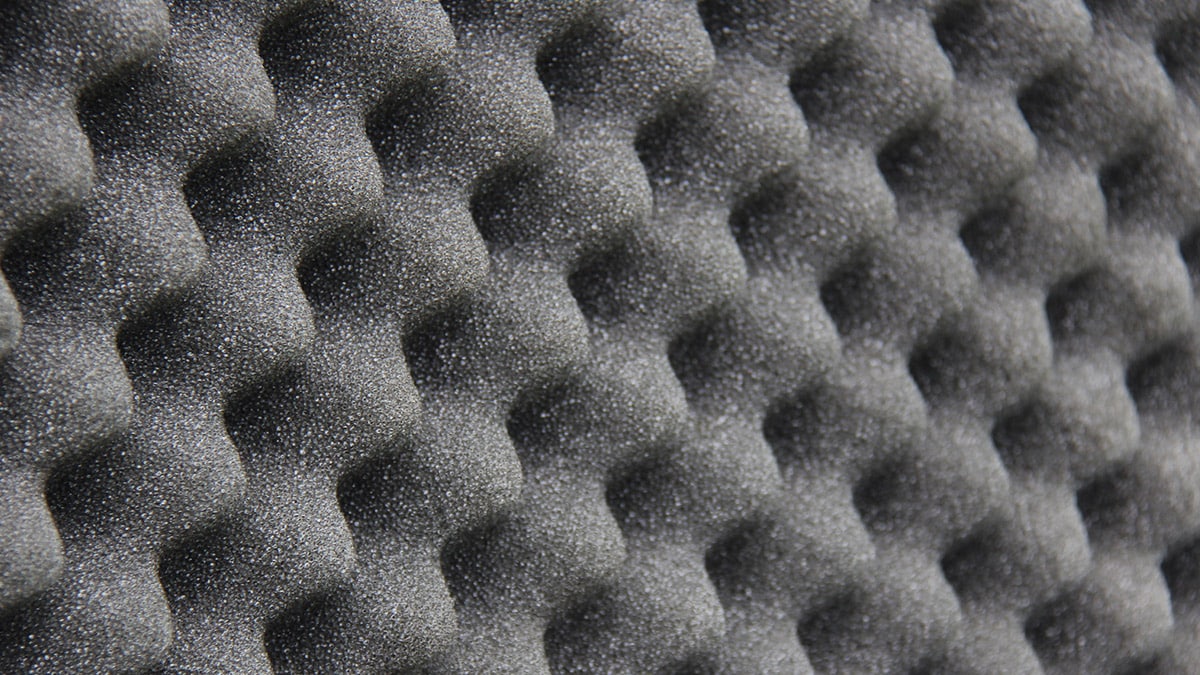In a previous article, we discussed how producing reliable audio mixes relies on the careful choice, placement and calibration of studio monitors.
Since what we hear from a studio monitor is a combination of the performance of the monitor itself, its interaction with the room and our listening abilities, if we don’t pay close attention to how the monitoring system is performing within the room, then it’s likely that our mixes won’t translate well to other playback systems.
With the advances in DSP and software, we now have systems that can automatically optimize the monitors for the room and help compensate for some of the room’s negative acoustic effects. Performing this auto-calibration process generates a significant amount of information about the monitors and the room, and here we look at the common issues that spaces can cause.
Frequency domain
Many users will be familiar with graphs that show the frequency response of their monitors and how flat (or not) the response is across the whole frequency spectrum. A neutral and uncolored monitoring system will have a reasonably flat and smooth response, but the room’s acoustic influence can significantly affect this.
Calibration systems are great at identifying peaks and dips in this response, and simply moving the monitor’s location can often improve this. For instance, reflection from a back wall can cause a significant LF dip and moving the monitor closer to the wall will improve the performance and extend the system’s LF response.
Reflections from hard surfaces can also cause frequency notches, where, again, re-positioning the monitors can help.
Calibration systems are great at identifying peaks and dips in frequency response, and simply moving the monitor’s location can often improve this.
Time domain
The best monitoring performance is obtained when the distance from each monitor to the listening position is identical, causing the sound to arrive simultaneously at the listener from each monitor. Additionally, the playback level from each monitor should be identical. Failure to ensure this can result in very unreliable imaging.
Sometimes the shape of the room will prevent this ideal positioning, particularly in multi-channel set-ups where it’s not possible to mount every monitor equidistant from the listener.
In this case, calibration systems can provide a time delay and playback level correction to ensure optimal listening. They can also highlight early reflections caused by sound bouncing off reflective surfaces and walls, which combines with the direct sound from the monitors to affect imaging and add unwanted coloration. Reducing the listening distance or adding absorbent acoustic material to the room can minimize these reflections.
Time-Frequency domain
The reverberation times of a room can significantly impact monitoring quality. A key figure identifiable from the calibration process is the RT60, which describes the time taken for a sound to decay by 60 dB from its original level. Decay times can also vary for different frequencies (known as T60), and a good-sounding room will have very similar T60s across the entire frequency spectrum — resulting in good detail and balance.
Studying the reverberation times after calibration can also give important pointers on the addition of bass traps, which reduce low frequency reverberation times and control the room’s bass response.
How good is your room?
When it comes to judging a room’s performance, broadcasters have used the ITU-R BS1116 framework to assess the quality of listening spaces. This standard evaluates the frequency response at the listening position, early reflections and reverberation times, and a space that complies with the recommendations is highly suitable for professional audio work.
Calibration systems can now measure how good your room is and generate a detailed report. Users of Genelec’s Smart Active Monitors, for example, can access a room’s acoustic report via the new GRADE feature on the GLM calibration software. Such calibration systems can provide advice on simple remedies, plus guidance for more serious issues that might require the help of a qualified acoustician.
The more you know about how your monitors and room are performing, the easier it’ll be for you to make adjustments and create a more reliable mixing environment. Knowledge is power.
The author is communications director for Genelec.

